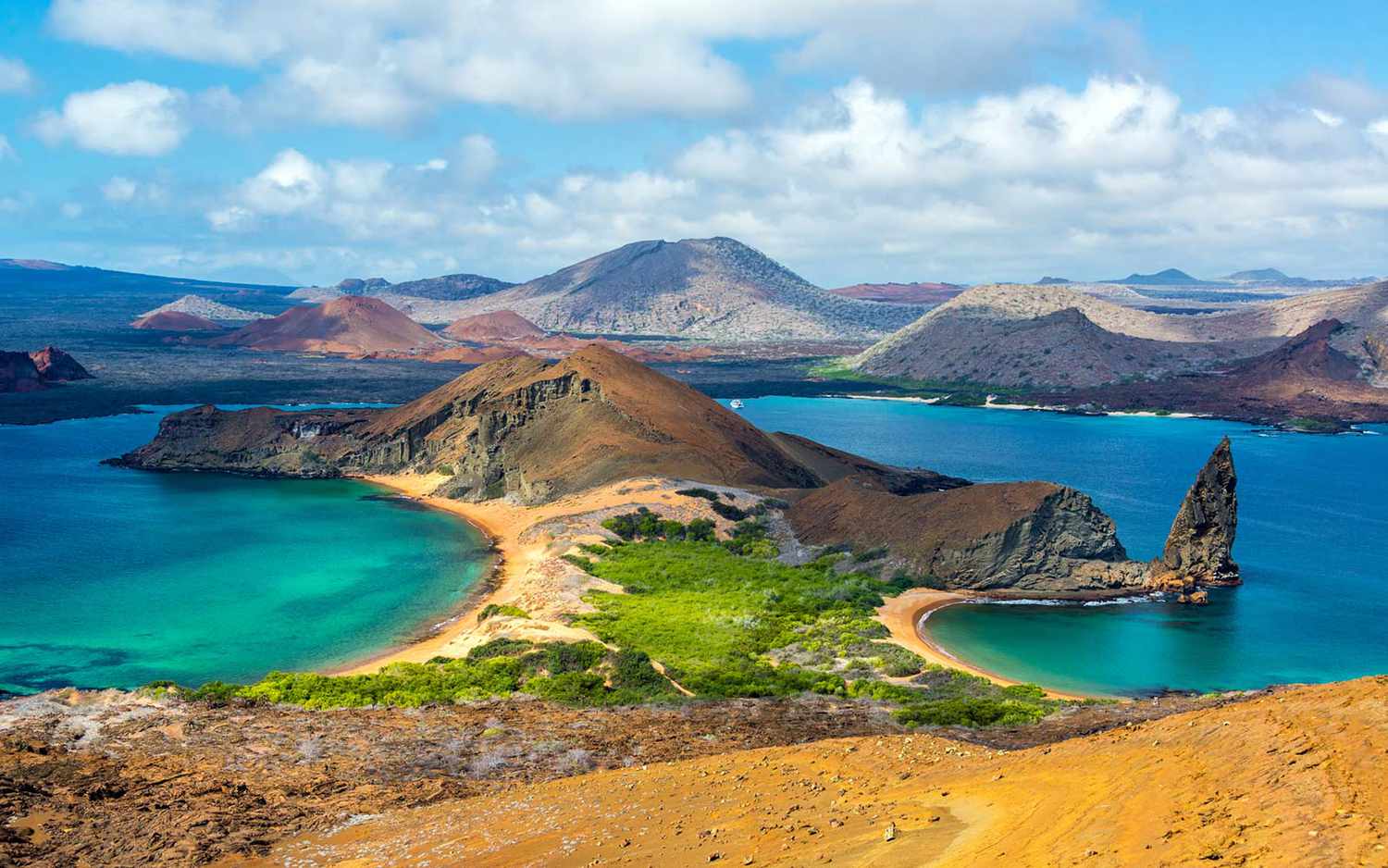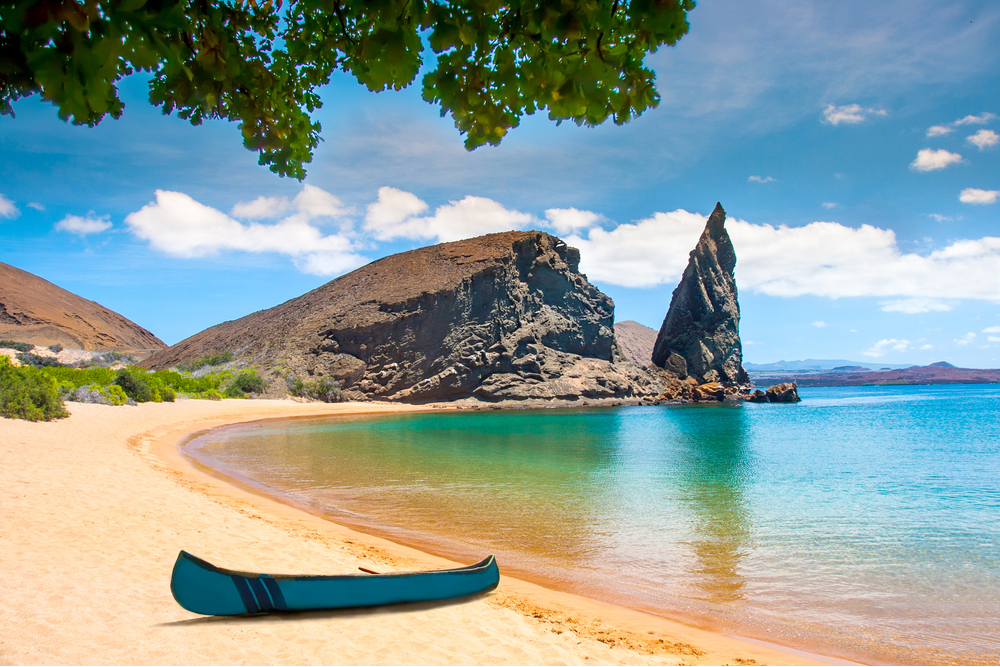



The Galápagos Islands is a volcanic archipelago in the Pacific Ocean. It's considered one of the world's foremost destinations for wildlife-viewing. A province of Ecuador, it lies about 1,000km off its coast. Its isolated terrain shelters a diversity of plant and animal species, many found nowhere else. Charles Darwin visited in 1835, and his observation of Galápagos' species later inspired his theory of evolution. ― Google
You can visit year-round, but choose based on your preference:
Warm/Wet Season (Dec–May):
Warmer seas, better snorkeling visibility
Occasional rain, lush landscapes
Great for swimming, snorkeling, and seeing mating behaviors
Cool/Dry Season (Jun–Nov):
Cooler weather, rougher seas
Best for diving, birdwatching (albatross, penguins), and active wildlife
🐢 Peak wildlife is always happening somewhere — sea lions, blue-footed boobies, marine iguanas, tortoises, and more are active year-round.
Fly from Mainland Ecuador to the Galápagos:
Depart from Quito (UIO) or Guayaquil (GYE).
Arrive at either Baltra (GPS) or San Cristóbal (SCY) airports.
Entry Requirements:
$20 Transit Control Card (TCT) from INGALA.
$100 National Park Entrance Fee (paid on arrival in Galápagos).
Santa Cruz Island
Main tourism hub (Puerto Ayora)
Charles Darwin Research Station
El Chato tortoise reserve, Tortuga Bay Beach
San Cristóbal Island
Calm, small-town vibe
Kicker Rock (diving/snorkeling), Interpretation Center, Playa Mann
Isabela Island
Largest island, less developed
Sierra Negra Volcano hike, marine iguanas, flamingos
Snorkeling at Concha de Perla
Floreana Island
Quietest, historical post office bay
Great for snorkeling and wildlife
Bartolomé Island (day trip)
Iconic Pinnacle Rock view
Penguins, lava landscapes
Snorkeling with sea lions, turtles, and rays (Los Tuneles, Kicker Rock, Las Grietas)
Scuba diving at world-famous sites (Gordon Rocks, Darwin & Wolf Islands)
Wildlife watching – iguanas, blue-footed boobies, giant tortoises, penguins, sharks
Hiking volcanic landscapes – Sierra Negra, Bartolomé, and lava tunnels
Kayaking along coastlines and mangroves
Boat tours or cruise itineraries (ranging from 4 to 8 days)
Cruise:
Covers multiple remote islands
Great for seeing rare wildlife (Genovesa, Española)
More expensive, but immersive
Land-Based (Island Hopping):
Sleep in hotels and do daily tours
More flexible and budget-friendly
Base on Santa Cruz, Isabela, or San Cristóbal
Cristóbal
Santa Cruz (Puerto Ayora):
🏨 Luxury: Finch Bay Galápagos Hotel, Iguana Crossing
🏠 Mid-range: Hotel Solymar, Angermeyer Waterfront Inn
💰 Budget: Galápagos Native, Hostal Sir Francis Drake
Isabela (Puerto Villamil):
🏖️ Beachfront hotels, hostels, and ecolodges
More rustic and peaceful than Santa Cruz
Cuisine is simple, seafood-based, and fresh:
Must-tries: ceviche, grilled fish, lobster (in season), arroz marinero
Top places to eat:
Los Kioskos (Puerto Ayora) – Local food street at night
La Garrapata – Great seafood in Santa Cruz
El Descanso Marinero (San Cristóbal) – Sailor-themed local favorite
Booby Trap (Isabela) – Burgers and fish tacos with sunset views
Galapagueños are warm, community-oriented, and proud of their unique home.
Strict environmental regulations to protect wildlife — follow the rules (e.g., keep 2m distance from animals).
Local lifestyle blends fishing traditions, eco-tourism, and sustainability.
English is widely spoken in tourist areas, but knowing basic Spanish helps.
Bring reef-safe sunscreen, a reusable water bottle, and motion sickness meds (if doing boat trips).
ATMs are limited; bring cash (USD).
Avoid touching animals — they have no fear of humans but must remain wild.
Book diving and day tours in advance during high season (June–August, December–January).